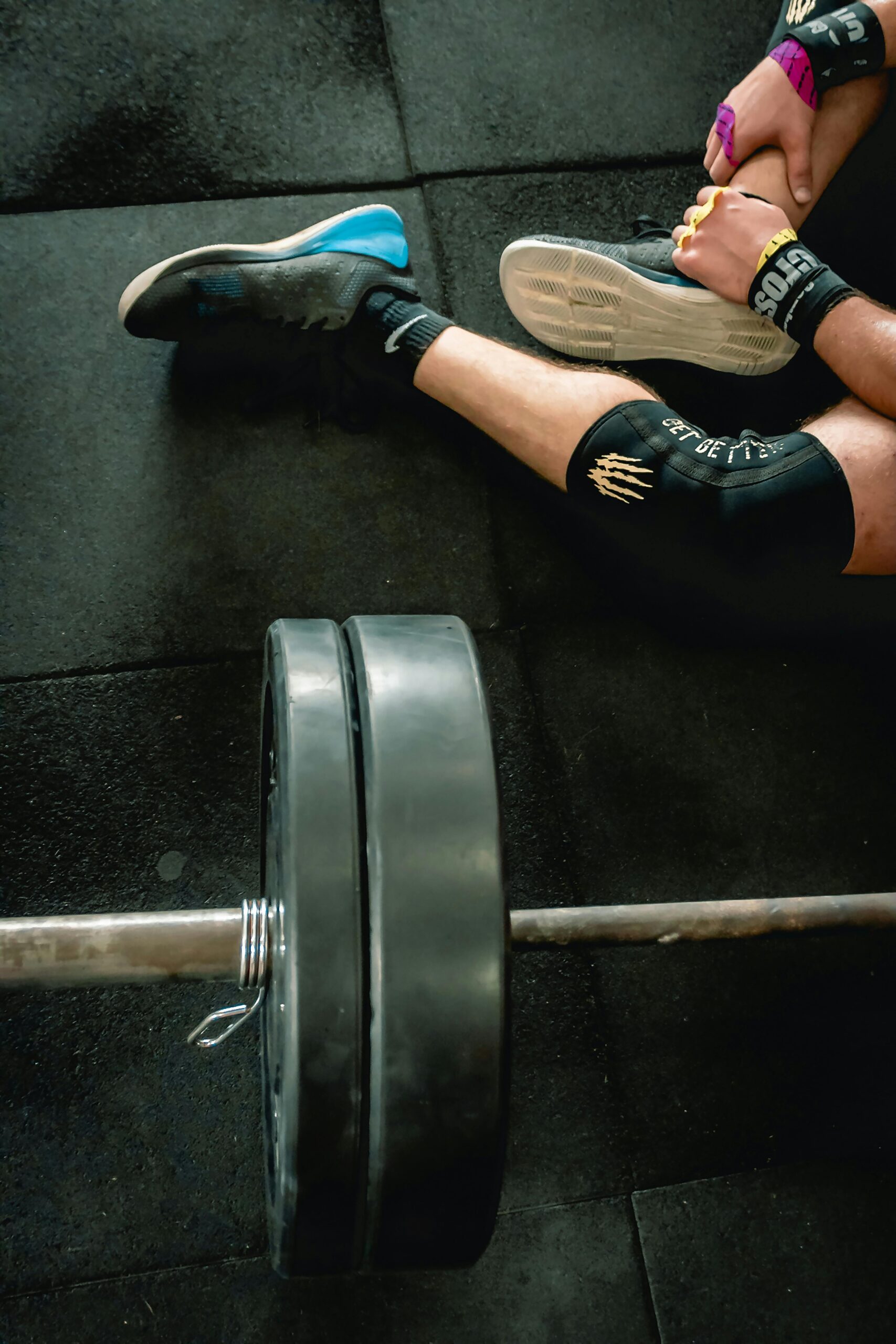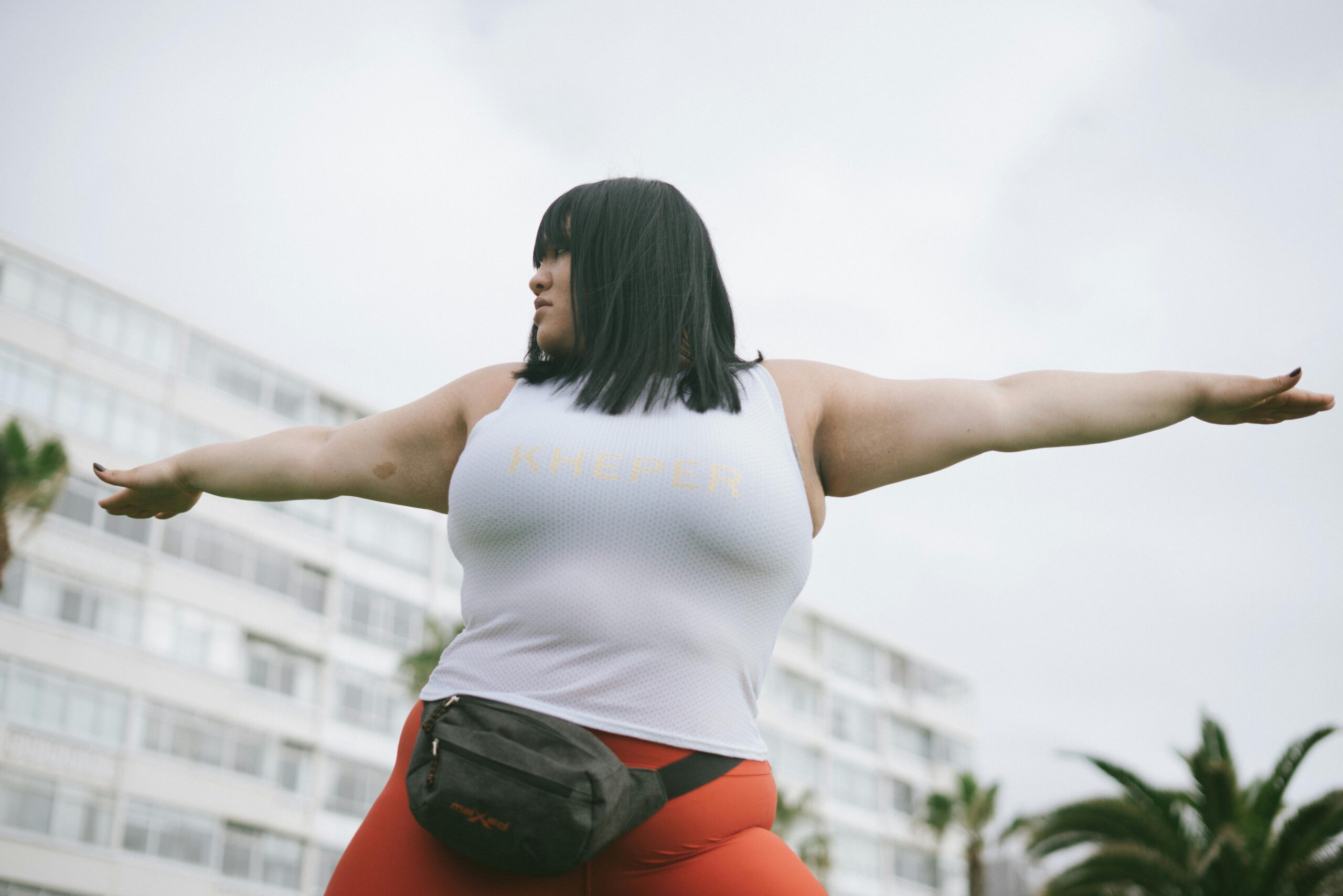When it comes to exercise, one size does not fit all. Our bodies are unique, and our workout routines should reflect that. Whether you are underweight, at a healthy weight, overweight, or obese, there are specific exercises that will benefit you most. Let’s explore the best exercise strategies tailored to your weight.
Understanding Your Weight Class
Before diving into specific exercises, it’s crucial to understand your weight class. Knowing where you stand can help you make better decisions about your fitness routine. Body Mass Index (BMI) is a common way to categorize weight.
- Underweight: BMI less than 18.5
- Healthy weight: BMI between 18.5 and 24.9
- Overweight: BMI between 25 and 29.9
- Obese: BMI of 30 or higher
With this in mind, let’s dive into the best exercises for each category.
Exercises for the Underweight
Building Muscle Mass
If you’re underweight, your goal should be to build muscle mass. Strength training is your best friend. Focus on compound exercises like squats, deadlifts, and bench presses, Push-Up,Jumping Rope. These movements engage multiple muscle groups, helping you gain mass effectively.
Incorporate protein-rich foods into your diet to fuel muscle growth. Also, consider working with a personal trainer to ensure you’re lifting correctly and safely.
Cardio in Moderation
Cardio is still important, even if your primary goal is to gain weight. However, you should approach it differently. Opt for moderate cardio sessions, such as brisk walking or light jogging, Indoor Exercise for about 20-30 minutes, three times a week. This helps maintain cardiovascular health without burning too many calories.
Ideal Workouts for a Healthy Weight
Balancing Strength and Cardio
Maintaining a healthy weight means balancing strength training and cardio. Aim for a mix of both throughout the week. For strength training, focus on all major muscle groups with exercises like push-ups, lunges, and pull-ups.
Cardio exercises like running, swimming, or cycling , jumping rope should be done for 150 minutes per week at moderate intensity or 75 minutes at vigorous intensity. This balance helps maintain your weight while keeping your body fit and strong.
Flexibility and Core Strength
Don’t forget about flexibility and core strength. Incorporate yoga or Pilates into your routine to improve flexibility, reduce injury risk, and enhance core strength. A strong core supports overall fitness and helps with daily activities.

Workouts for the Overweight
Low-Impact Cardio
For those who are overweight, starting with low-impact cardio is key. Activities like walking, swimming, and cycling are gentle on the joints and effective at burning calories. Aim for at least 150 minutes of moderate-intensity cardio per week.
Swimming, in particular, is excellent because it provides a full-body workout without putting stress on your joints. It’s also fun and refreshing!
Strength Training for Fat Loss
Strength training is crucial for overweight individuals aiming to lose fat. Building muscle increases your metabolism, helping you burn more calories even at rest. Start with bodyweight exercises like squats, push-ups, and resistance band workouts. Gradually incorporate free weights as you become more comfortable.
Exercises for the Obese
Gentle, Consistent Movement
For those who are obese, gentle, consistent movement is essential. Begin with activities like walking, water aerobics, or chair exercises, Yoga. These activities are easy on the joints and can be done daily. Start with short durations, like 10-15 minutes, and gradually increase as you build stamina.
Consistency is more important than intensity at this stage. Focus on moving regularly rather than pushing too hard, which can lead to burnout or injury.
Functional Strength Training
Functional strength training helps improve daily life activities. Use exercises like seated leg lifts, wall push-ups, and step-ups to build strength safely. These movements mimic everyday actions, making daily tasks easier and more manageable.
Consider working with a fitness professional who specializes in obesity to ensure a safe and effective workout plan.

Importance of Flexibility and Mobility
Yoga and Stretching
Regardless of your weight, flexibility, and mobility exercises should be a part of your routine. Yoga is excellent for this purpose. It enhances flexibility, reduces stress, and improves overall well-being.
Even simple stretching exercises can make a big difference. Spend 5-10 minutes daily stretching major muscle groups to maintain flexibility and prevent injuries.
Dynamic Warm-Ups
Dynamic warm-ups are essential before any workout. These involve moving your muscles and joints through their full range of motion. Activities like leg swings, arm circles, and torso twists prepare your body for exercise and reduce the risk of injury.
Nutrition’s Role in Exercise
Fueling Your Workouts
No exercise routine is complete without proper nutrition. Your diet plays a significant role in how effective your workouts are. For underweight individuals, focus on calorie-dense, nutritious foods to support muscle growth. Healthy fats, proteins, and carbohydrates are essential.
For those at a healthy weight, maintain a balanced diet with a variety of nutrients to support overall health and fitness.
Hydration Matters
Hydration is critical for everyone. Drink plenty of water before, during, and after workouts. Proper hydration improves performance, helps with recovery, and supports overall health. Avoid sugary drinks and opt for water or electrolyte-rich beverages.

Setting Realistic Goals
Start Small
Setting realistic goals is crucial for long-term success. Start with small, achievable goals that match your current fitness level. For example, if you’re obese, aim to walk for 10 minutes daily before gradually increasing the duration.
Celebrate your progress, no matter how small. Achieving these mini-goals keeps you motivated and on track.
Track Your Progress
Keep a fitness journal or use a fitness app to track your progress. Recording your workouts, diet, and how you feel can provide valuable insights and keep you motivated. Adjust your routine as needed based on your progress and how your body responds.
The Importance of Rest and Recovery
Listen to Your Body
Rest and recovery are as important as the workouts themselves. Overtraining can lead to injuries and burnout. Listen to your body and take rest days when needed. This is especially important for those new to exercise or carrying extra weight.
Sleep and Recovery
Quality sleep is vital for recovery. Aim for 7-9 hours of sleep per night. During sleep, your body repairs muscles and replenishes energy. Good sleep hygiene, such as maintaining a regular sleep schedule and creating a restful environment, enhances your overall fitness journey.
Seeking Professional Guidance
Working with a Trainer
If you’re unsure where to start or how to progress, consider working with a personal trainer. A professional can create a customized workout plan tailored to your weight and fitness goals. They can also teach proper form and technique to prevent injuries.
Medical Advice
Before starting any new exercise regimen, especially if you’re overweight or obese, consult with a healthcare provider. They can provide valuable advice based on your medical history and current health status. Safety should always come first.
Alt Text : A man doing push ups on a mat in an empty room.
Conclusion
Exercise is a powerful tool for improving health, regardless of your weight. Tailoring your workout routine to your weight class ensures you get the most benefit while minimizing the risk of injury. Remember, the journey to fitness is a marathon, not a sprint. Be patient, stay consistent, and celebrate every step forward.
Frequently Asked Questions
- Your ideal weight range can be determined using tools like BMI (Body Mass Index) calculators, but it’s also essential to consider muscle mass, body composition, and overall health. Consulting a healthcare provider for personalized advice is recommended.
- Low-impact exercises such as swimming, cycling, and walking are ideal. These exercises minimize stress on the joints while still providing cardiovascular and muscular benefits. Strength training with lighter weights and higher repetitions can also be beneficial.
- Individuals with lower body weight can benefit from a balanced mix of cardiovascular exercises, strength training, and flexibility exercises. Running, interval training, and weightlifting with progressive overload can help build muscle and improve endurance.
- Regardless of weight, aim for at least 150 minutes of moderate aerobic activity or 75 minutes of vigorous activity per week, along with muscle-strengthening activities on two or more days per week. Adjust intensity and duration based on individual fitness levels and goals.
Signs include persistent joint pain, excessive fatigue, lack of progress, or feeling consistently over-exerted. Adjust your routine if you experience any of these symptoms and consider consulting a fitness professional for guidance.

